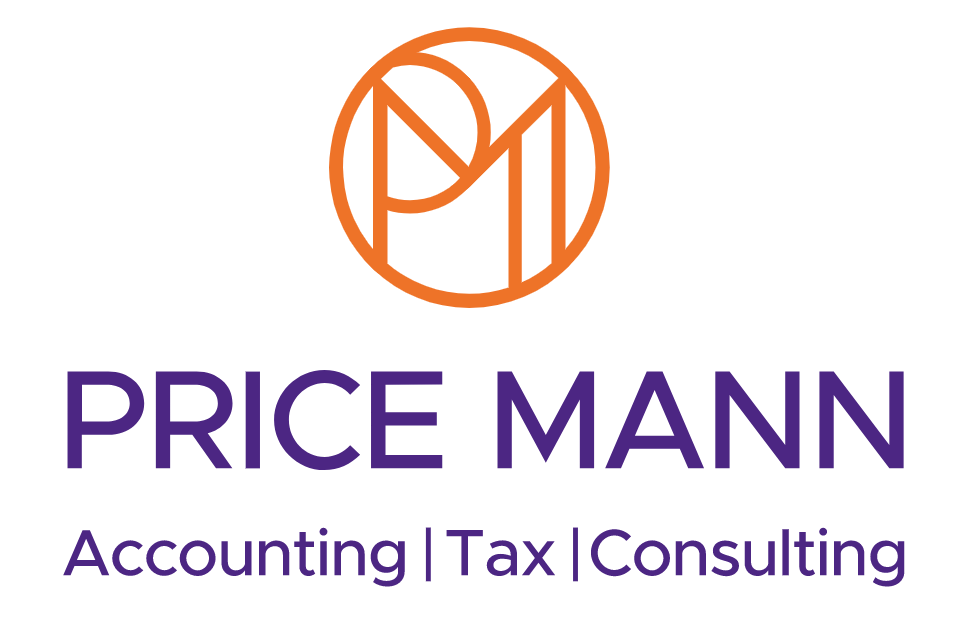Sourcing business finance
Sourcing business finance
Exploring your options as interest rises
Most businesses rely on funding in one form or another to keep their operations running, invest in new equipment or projects, and grow.
The past few years in particular have made it necessary for many businesses to source extra funds, either for dealing with the impacts of the pandemic or the rising cost of supplies.
According to UK Finance, SMEs borrowed a total of £22.6 billion in 2021, with demand for finance stabilising towards the end of the year.
But as interest rates rise, so does the cost of debt, and that’s putting additional pressure on businesses across the UK. As loans become more expensive, you might be wondering about your other options when it comes to financing.
Debt vs equity
You don’t have to choose between debt and equity finance – in most cases, businesses use a combination of the two. But it’s important to know the pros and cons, so you can make sure you’ve got the right mix.
Put simply, debt finance means you’re borrowing the money and will need to pay it back, usually with interest. Equity, meanwhile, means you’re selling a stake in your business to an investor – so they won’t expect you to pay the money back.
Because of this, getting finance through investment means you avoid the problem of rising interest rates altogether. But it does mean you’re giving up a portion of your business – and its profits – to someone else.
Your investor will expect to receive a return on their investment, and they’ll want reassurance you can provide it.
This will generally mean you have more reporting obligations to show shareholders your progress, and they may want to influence your business decisions.
Having multiple owners can make processes like selling or closing the business more complicated when you eventually want to leave, so it’s always important to make sure you set up and understand the right formal agreements with them from the outset.
With a loan, meanwhile, you maintain a greater degree of independence from the lender, and full control over your company. Your only obligation is to repay the loan, but once that’s done in full, the lender won’t have any involvement in your business.
That said, having an experienced investor on board can also be an advantage, giving you access to their business knowledge and networks.
Types of debt finance
A common form of debt finance is a term loan. This is a loan you receive as a lump sum, that must be repaid over a set period of time. These can be long or short-term, and may be secured (meaning you offer a valuable asset your business owns as collateral, in case you can’t repay it) or unsecured.
The interest might be fixed over the period of the loan, or variable, so it’ll change over time depending on the bank’s borrowing costs or the Bank of England base rate.
For shorter-term financing needs, you might use a credit card, an overdraft, or another line of credit you can access as and when you need to. You’ll only pay interest on the amount you borrow with these, although there can be fees involved and you’ll pay extra if you miss your repayment date or go over your credit limit.
Besides these two traditional loan options, there are various alternatives to explore, too. Peer-to-peer lending websites, for example, allow people to lend and borrow money through a marketplace-style setup. These can, in some cases, be easier to access than a traditional loan, but they can also come with higher fees and interest rates.
It’s also worth looking into whether any Government loans are available to you. During the pandemic, thousands of businesses accessed emergency relief such as bounce-back loans and the coronavirus business interruption loan scheme, and while these are both closed, you can still apply for the recovery loan scheme until 30 June 2022.
Types of equity finance
If you decide to go down the equity finance route, one option is to seek funding from an angel investor. These are individuals who invest in your business because they can see an opportunity in it – perhaps they have a particular interest in your sector, or in what you’re trying to do.
For later-stage funding, venture capitalist (VC) investors are another option. These are professional investors who’ll want to see a substantial return on their investment, and generally want to be more involved in your business because of this.
VCs will sometimes be incentivised to invest through Government tax relief schemes, including the enterprise investment scheme (EIS), seed enterprise investment scheme (SEIS), or venture capital trusts (VCT).
Equity crowdfunding is another option if you can get enough people interested in what you’re trying to do, allowing you to offer unlisted shares in your business to multiple members of the public.
This is often more relevant for consumer products than it is for business-to-business ones.
For certain businesses, particularly within the tech sector, you can also look at development schemes such as incubators and accelerators. These programmes offer investment, but they can also provide resources, mentorship and access to networks.
Finally, a common option for new businesses is to get some initial investment from friends and family. The people closest to you might be the most willing to help you succeed, and to put their money towards your goals – but make sure both sides are clear on what they’re getting into.
Other types of finance
Besides loans and investment, there are some other options to consider when accessing finance for your business.
Government grant schemes may be able to provide support, depending on your location, sector, and business activities. You can find a list of the schemes available on the Government website.
It’s also important to consider how you might be able to save money within your business, either by reviewing and streamlining your costs, or by making the most of the tax relief and allowances available to you.
Tax reliefs are available for research and development projects, for example, or for specific sectors like the creative industries.
You might be surprised by how much you can save by using these and cutting down on your tax bill – so be sure to find out exactly what you can access before making any financing decisions.
Get in touch to talk about financing your business.













